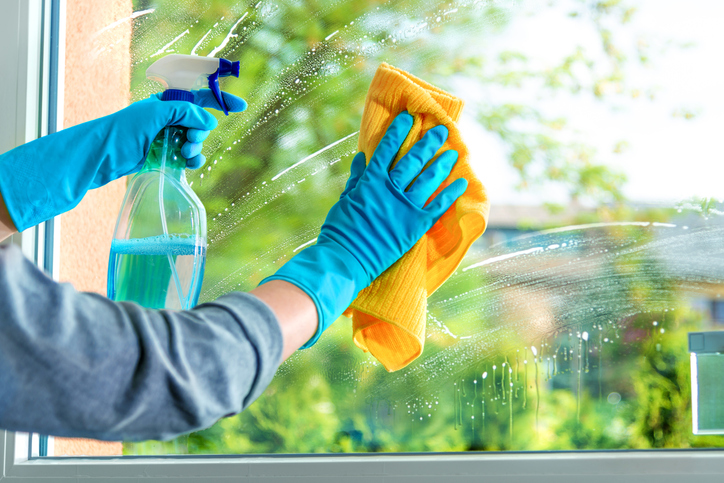Roughly 91% of Americans and 96% of Millennials engage in spring cleaning, with 76% of the population participating each year. With residential homes using roughly a quarter of the country’s energy, have you considered how spring cleaning might improve your energy consumption? Now I must confess, before we go any further, I am a bit of a neat freak at home. I like things in their place. And yes, I like my home to be tidy. Just ask my three grown children. Although they might have a different word for what they have called their mother over the years, but I digress in my storytelling here.
While doing your spring cleaning this year, consider this spring-cleaning checklist—which will make your home a little bit cleaner while also improving energy efficiency in your home. And perhaps keep more green in your pocket than ever before.
Change the furnace and/or air filters. A dirty furnace filter reduces air flow, which requires the furnace to run longer, and harder using more power and energy. An air filter can also lower your cooling system’s energy consumption by up to 15%, according to the U.S. Dept. of Energy. Personally, a clean filter helps protect the HVAC (heating, ventilation, and air conditioning) from constantly running and draining more energy over time. Now there are other factors like our furry little friends and other contaminants, but our units and filters should always be clean and running as smoothly as possible.
Check your air conditioner’s evaporator coil. This should be cleaned annually to ensure the system is operating at the best level possible.
Eye appliances. Do your appliances have filters? Clean or replace them. Are the seals on your refrigerator or freezers clean and tight? If not, replace them.
Seal air leaks. Keep warm air out by sealing cracks and openings. This will be good for the environment and good for your checkbook in the long run.
Check your insulation. Insulating your attic, doors, windows, floors, roof, and more can help to prevent heat or air from leaving your home; and helping your systems run more efficiently.
Clean and/or seal ducts. Air loss through ducts can lead to high electricity costs, which accounts for nearly 30% of a cooling system’s energy consumption, according to the U.S. Dept. of Energy. Sealing and insulating ducts can help lower electricity bills.
Change your fans. Switch them to rotate counterclockwise, which will push cool air down and keep your home cooler. I have to confess I did not know about this rotate counterclockwise ritual until I married. My husband faithfully changes the fans every year. It’s like me and decorating the house for Christmas. It’s just something that must occur.
Wash the windows. Allowing more daylight into the home reduces the need for using lights and lamps, thus reducing energy consumption. Question? Why must one bird fly into the clean window every year? I can only hope in the Living Lab things will be different.
What would you add? What is on your spring-cleaning checklist? How might it help improve energy efficiency in our homes?
Want to tweet about this article? Use hashtags #IoT #sustainability #AI #5G #cloud #edge #futureofwork #digitaltransformation #green #ecosystem #environmental #circularworld #LivingLab


